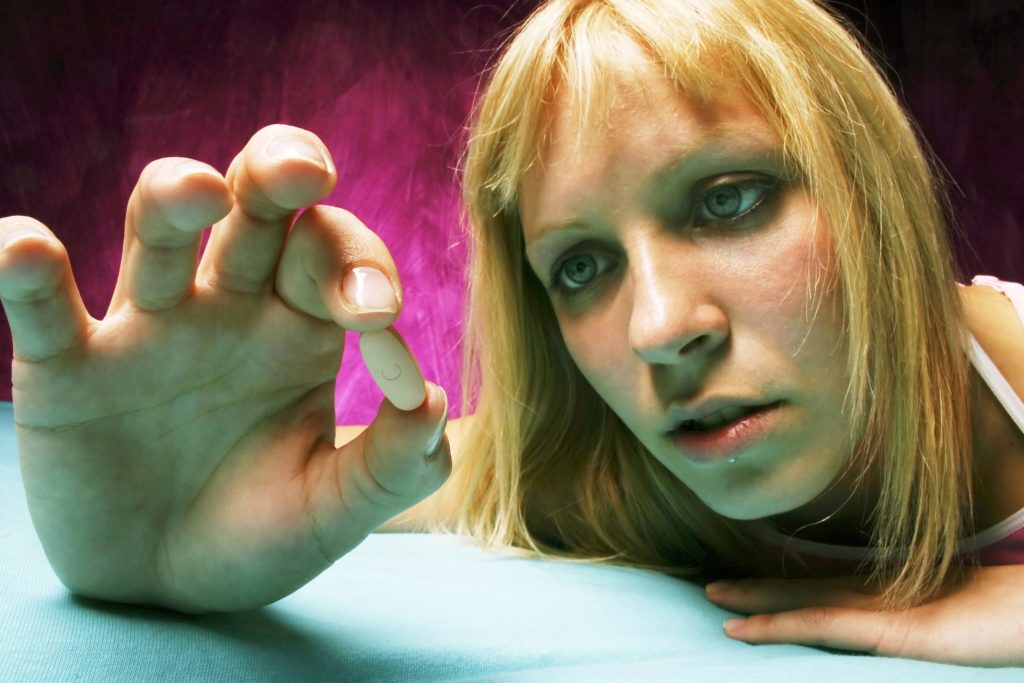There is no question that drug use among students is a problem. Teens are no longer just getting high or drunk. They are abusing dangerous prescription pills and heroin, and they are dying from overdoses or living with life-altering addictions. Some school systems are considering implementing or already have random drug testing programs to prevent drug abuse. Many schools are doing so in response to tragic student deaths. But is drug testing the best answer? Is this really going to help keep students safer or is it a waste of money and an invasion of privacy?
Drug Testing Policies
Many schools already have a policy in place for student athletes. It is not unusual for an athlete to be required to sign a statement agreeing to random drug tests and promising not to use drugs or to drink. With the rise in overdose deaths and other issues related to prescription drug abuse and heroin, many schools are now interested in randomly testing as many students as they can. Schools are looking to expand policies to include all students involved in extracurricular activities and even those with campus parking permits. The U.S. Supreme Court made it legal to do so in 2002. Prior to that, only athletes could be randomly tested. Of those schools considering implementing random drug tests, many are still in the planning stages. There are a lot of questions to answer, such as which drugs will be tested for, how students will be chosen and parents notified and what the consequences of a positive test would be. Most schools emphasize that they want to help, not punish students, and many parents agree and are on board with the policies.
Are Random Drug Tests Effective?
Perhaps the most important question regarding random testing policies is whether or not they work to deter or prevent substance use among students. If they don’t, these tests will simply be an expensive privacy invasion. A study was conducted using students in schools that already have random drug tests for athletes and those students involved in extracurricular activities. Students reported anonymously on drug use and the results compared answers from those in schools with drug testing and those without. Sixteen percent of students in schools with drug testing reported that they used substances, as compared to 22 percent in schools without random tests. Among the students who were not part of the random testing, those not in sports or other activities, there were no differences in drug use when schools with and without testing were compared. The evidence suggests that random drug testing does have some impact on whether or not students use drugs. But according to experts, schools should never rely solely on random drug tests to prevent drug use in students. While some tests have shown it to be effective in prevention, others have little to no evidence that random tests discourage drug use at all. The conflicting study outcomes mean that more research is needed. In the meantime, however, schools need to implement a wide variety of prevention and treatment programs to help students. Simply scaring students with drug testing is not enough to prevent all of them from experimenting with drugs. Education about the dangers of drug use, learning about addiction and overdose, providing alternatives to drinking and using drugs and providing treatment without punishment are all ways that schools can help young people avoid using drugs or recover from substance abuse.






